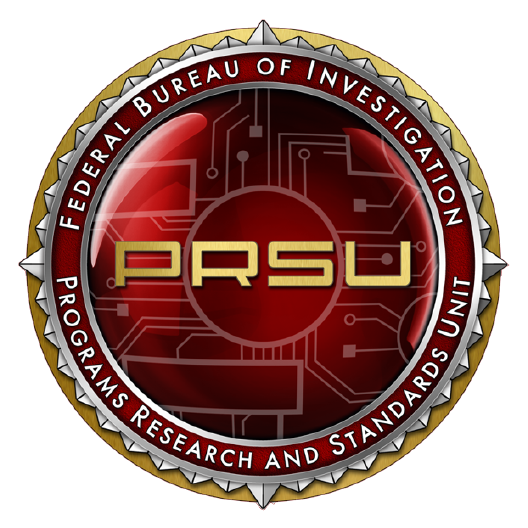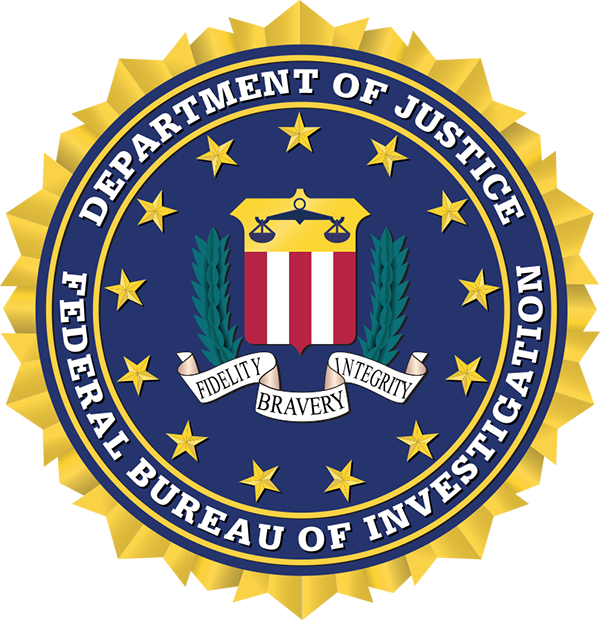Quick Reconditioning and Digital Scanning
 7 QUICK RECONDITIONING AND DIGITAL SCANNING FINAL.mp4
— 139980 KB
7 QUICK RECONDITIONING AND DIGITAL SCANNING FINAL.mp4
— 139980 KB
Video Transcript
Bryan T. Johnson, Major Incident Program Manager, Latent Print Unit, FBI Laboratory Division: Welcome to another installment of the Postmortem Fingerprinting video series.
In this video, we will step back from the more advanced techniques and look at how to print a case with the least amount of extra work possible. As is the case with all factions of the job, it is important to work smarter, not harder. In this case, we will look at a decedent with slightly mummified hands, which could be a candidate for full reconditioning. But if we pause and look at what we have already in front of us, we can see that it may not be necessary to go all in on every case. If the identification can be obtained just by doing standard preparations, then spending the extra time and materials is unnecessary.
Lastly, we would like to thank the District of Columbia Office of the Chief Medical Examiner for their collaboration and participation in this series, ensuring that everyone watching is provided with the tools needed to identify unknown deceased everywhere.
When addressing postmortem fingerprinting, the first thing to always do is to inspect the hands. This hand exhibits slight mummification with minimal epidermal pliability. In this case, the deceased will be printed doing minimal reconditioning techniques and then by using a digital scanner. Many times, a deceased will appear to be at difficult case to print, and some offices are quick to label them as unprintable when ink and paper fails to yield usable prints. When using the multitude of techniques that are available, most deceased that still have skin on the hands can be printed.
Following best practice, the first step is always to clean and assess the viability of the friction ridge skin. In this example, alcohol wipes are being used to remove any decompositional fluid, waxy residues, and other contaminants that could interfere with printing the deceased. Each finger should be gently and thoroughly clean so that they are all ready for printing. If using a bottle of alcohol and a larger wipe, ensure that ample drawing time is allowed so that the alcohol can evaporate fully. The use of acetone can accelerate drawing but can also be more hazardous to store and use. Warm water and soap are also viable cleaning tools, but the hands must be dried thoroughly if a digital scanner is to be used, or the result in prints will appear as black circles and be unusable. Most digital scanners do not work well if excess moisture is present at the time of printing.
After cleaning and inspecting all of the fingers, some of the fingers were determined to be so mummified that they will not be printable without extended chemical soaking. Reference the video on chemical hydroxide rehydration of mummified tissues if all of the fingers are found to be too difficult to print or Tissue Builder fails to smooth out the skin. Photography would be a quick alternative to capture the prints if the ridges can be clearly visualized with the macro lens and a scale. In order to help produce the wrinkles that would inhibit printing with the scanner or with a stiffer medium such as ink and paper, Tissue Builder can be used to fill in the gaps around the hardened wrinkles. Softening the hardened skin as a whole takes time and chemicals, but embracing their presence and increasing the surface area around them can assist in printing. It is not necessary to remove the wrinkles if the softer areas of skin around them can be filled in so that the surface of the skin is once again flat. As noted in the Tissue Builder instructional video, many fluids will work, but when using actual Tissue Builder, make sure to clean the surface of the skin again after the injections so it doesn't inhibit collection.
As can be seen in this case, once the fluid is injected into the different parts of the finger, the ridges are visually present. This indicates that even if all the printing methods do not work, photography should be used as a last resort. As the fluid is injected into the hands, the fingers should be gently massaged to help smooth out the skin and eliminate the wrinkles. Acetone or alcohol wipes are also helpful for removing the waxy residue of the Tissue Builder should it contaminate the surface. Since only the end joint to the fingers will be printed, it is not imperative to clean the lower segments of the fingers or the palm unless capturing these areas as well. Also note that for this video, all of the fingers are being fully and quickly rehydrated as an example, but oftentimes the fingers may actually yield a high-quality print just by cleaning and massaging out the wrinkles so that the skin lays flat on the surface of the printing medium.
The fingers are given one final cleaning before being printed. No matter what technique is to be used, all residues, both chemical and biological, must be removed before printing. All 10 fingers should all be recorded if possible, greatly increasing the chances of identifying the individual in a timely manner. If only a few fingers are printed, it may require a much more laborious and intensive manual search, which can delay the result and use unnecessary resources.
Now that one hand is complete, the other hand is fully prepared in the same manner. Note that when the thumb in this case is injected, multiple injection sites are needed to rehydrate the finger around the wrinkles. Also note that at no point is the needle ever inserted in the friction ridge area of the end joint of the finger. Again, the fingers are cleaned and prepped for printing with the scanner.
Now that the fingers are hydrated and ready to print, the digital scanner or other printing medium can be used to quickly identify the individual. The fingers are finally placed on the scanner and captured. The fingers that were too mummified to be printed will be noted as such on the fingerprint card or in the software. There are a multitude of different scanner types that can be used to capture the prints; realize that almost all digital fingerprint scanners are designed to print the living so they are not ergonomically meant to print the dead. It is important to choose a model that can be manipulated against the decedent’s hands rather than a static device that is immovable, as the deceased will often not cooperate due to rigor and refrigeration to be manipulated against them.
A good quality full set of postmortem fingerprints is always the goal of this work, but there is no scorecard or award for getting best prints. There should always be a balance in the facility of getting good usable prints without going overboard. Sometimes the hardest and most advanced methods will produce the best result, but quicker and easier methods will still allow for a high-quality capture. Practice, experience, and common sense should all be in the practitioner’s toolbox.
When it comes to scanning devices, realize there are many brands out there, running a multitude of software packages. It is important to pick one that suits the needs of your facility, both from a throughput standpoint and one that is cohesive with your case flow system. There are advantages and disadvantages to all technology, so take the time to do proper research and outfit your facility with a great setup that will save you time and effort in the long run.
We encourage you to watch the remaining videos in this series so that you may learn additional rehydration and reconditioning techniques that can further assist in obtaining the prints needed to identify the deceased. We also encourage you to reach out to the FBI Laboratory with any questions you may have regarding this content or any case related questions we may assist you with.

